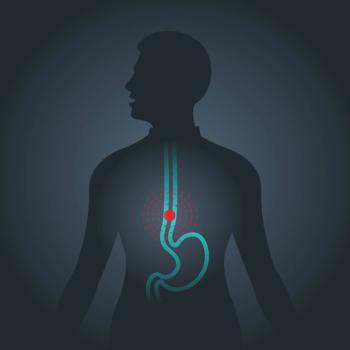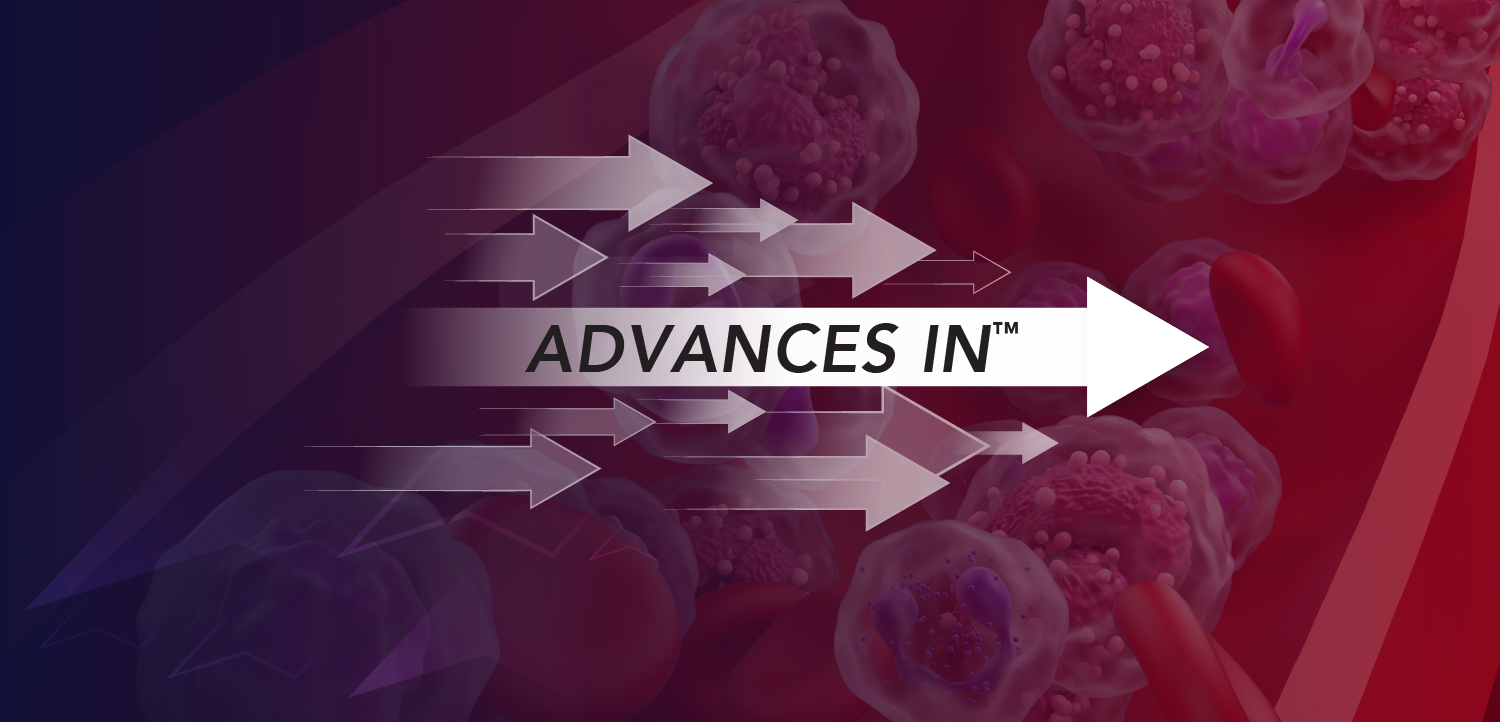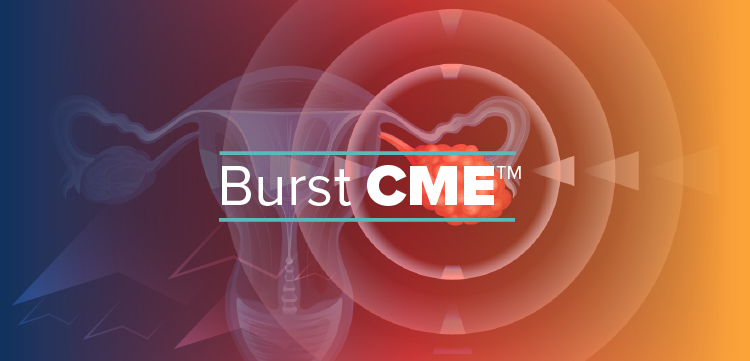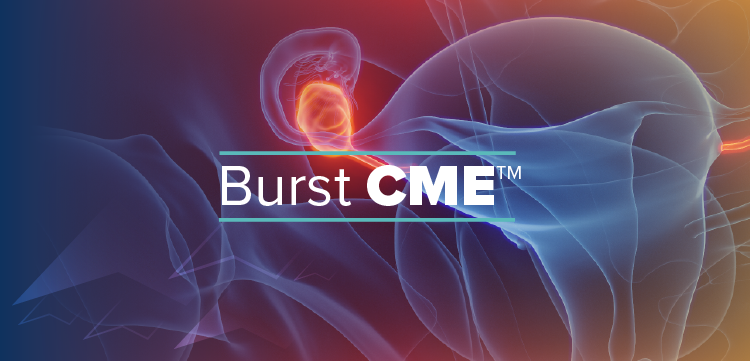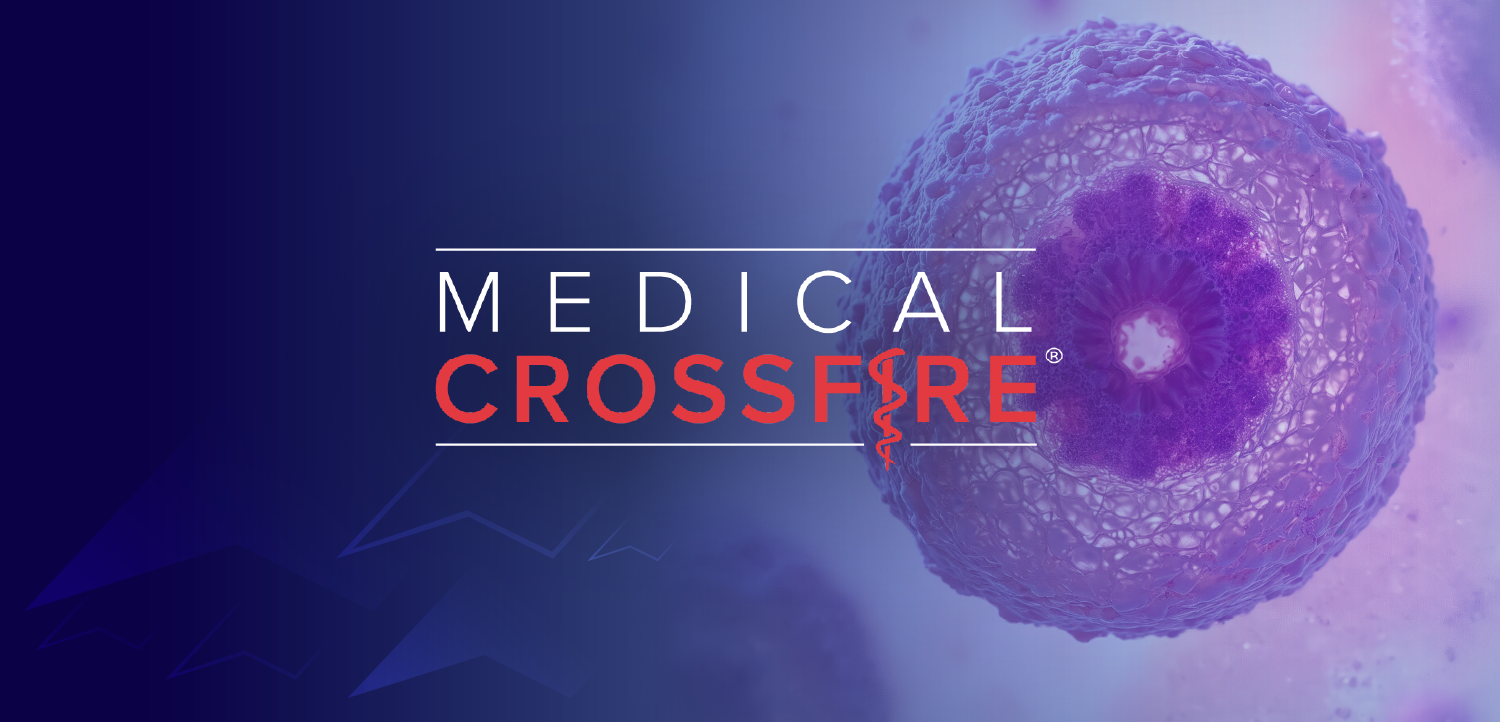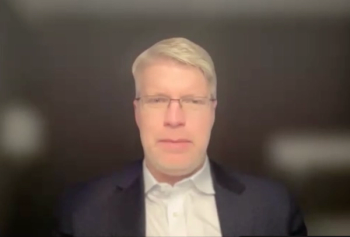
Oncology NEWS International
- Oncology NEWS International Vol 15 No 11
- Volume 15
- Issue 11
XELOX as Effective as FOLFOX in Metastatic Colorectal Cancer
A phase III trial has shown that XELOX is as effective as FOLFOX4 in patients with metastatic colorectal cancer, and that adding the targeted agent bevacizumab (Avastin) to either regimen improves progressionfree survival (PFS).
ISTANBUL, Turkey--A phase IIItrial has shown that XELOX is as effectiveas FOLFOX4 in patients with metastaticcolorectal cancer, and that addingthe targeted agent bevacizumab (Avastin)to either regimen improves progressionfreesurvival (PFS). Roche announced theresults of the NO16966 study earlier thisyear (see ONI September 2006, page 2),and more complete preliminary findingswere presented at the 31st Congress ofthe European Society for Medical Oncology(LBA 3). "This is the largest trialso far in metastatic colorectal cancer andshows clearly that both regimens areequally effective," said Jim Cassidy, MD,Beatson Oncology Centre, Glasgow.
The study initially was designed tocompare XELOX-oxaliplatin (Eloxatin)130 mg/m2 IV plus capecitabine (Xeloda)1,000 mg/m2 orally twice daily on days 1to 14, every 3 weeks-with FOLFOX4 consisting of leucovorin 200 mg/m2/d asa 2-hour infusion followed by bolus fluorouracil(5-FU) 400 mg/m2/d and a 22-hour infusion of 5-FU 600 mg/m2/d repeatedfor 2 consecutive days every 2weeks, plus oxaliplatin 85 mg/m2 on day1 as a 2-hour infusion.
Patients on XELOX visit the clinic onlyonce every 3 weeks for their oxaliplatininfusion, while those on FOLFOX4 mustbe hospitalized for 2 days every 2 weeks.A total of 634 patients were enrolled. In2003, the protocol was amended to assessthe benefits of bevacizumab 7.5mg/kg IV vs placebo added to XELOXand FOLFOX4, and an additional 1,401patients were recruited.
Study Results
At a median follow-up of 18.6 months,PFS was similar: 8 months for XELOX vs8.5 months for FOLFOX4. The incidenceof adverse effects was also similar (71.5%vs 78.3%) but with a different pattern.Grade 3-4 diarrhea was more commonwith XELOX (20.2% vs 11.2%) and grade3-4 myelosuppression was more commonwith FOLFOX4 (43.8% vs 7%).
Adding bevacizumab significantly improvedPFS: Considering both arms together,patients receiving bevacizumabhad a PFS of 9.4 months vs 8 months forplacebo (P = .0023). Subgroup analysisshowed that bevacizumab had a significantimpact only in patients on XELOX(9.3 vs 7.4 months, P = .0026). ForFOLFOX4 patients, PFS was 9.4 monthswith bevacizumab vs 8.6 months withplacebo (P = .1871). Dr. Cassidy notedthat many patients in the FOLFOX4/placeboarm had received previous adjuvanttherapy and therefore may have had abetter baseline prognosis.
Articles in this issue
about 19 years ago
High ERCC1 Levels Predict Cisplatin Resistanceabout 19 years ago
CT Screening Detects Curable Stage I Lung Cancerabout 19 years ago
Triple-Negative Ca’s Respond to Optimized Taxane Chemotherapyabout 19 years ago
Avastin Approved as First-Line Rx of Nonsquamous NSCLCabout 19 years ago
Rituxan Receives FDA Approval for 2 New NHL Indicationsabout 19 years ago
Lapatinib Benefit Seen in Inflammatory Breast Cancerabout 19 years ago
Sinking Health Care Ship Could Bring Down the Economyabout 19 years ago
Breast Ultrasound Referrals Often Lack Important Infoabout 19 years ago
FDA Okays Zolinza for CTCL Skin LesionsNewsletter
Stay up to date on recent advances in the multidisciplinary approach to cancer.



